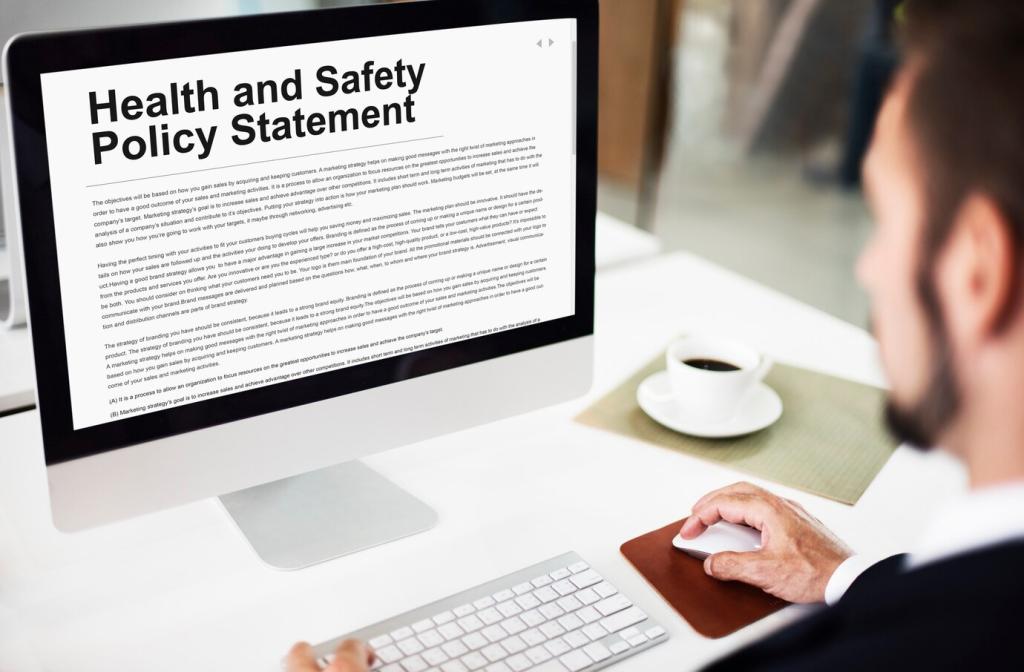Building a Resilient Governance Model
Align the three lines of defense so roles complement rather than collide: business owns risk, risk sets guardrails, and audit validates effectiveness. One bank avoided LIBOR chaos by clarifying ownership early, preventing duplicated work and last-minute policy firefighting.
Building a Resilient Governance Model
Define RACI for every change stage—scan, assess, design, implement, validate. Publish who can approve deviations and when to escalate. This transparency speeds execution and reduces audit findings tied to ambiguous ownership or undocumented exceptions. Share your playbook for decision rights.
Building a Resilient Governance Model
Establish a cross-functional steering committee with monthly cadence, risk-based agendas, and timed decisions. Require pre-read impact summaries and an unresolved-issues log. One insurer cut cycle time by 30% after tightening escalation triggers linked to materiality thresholds.








